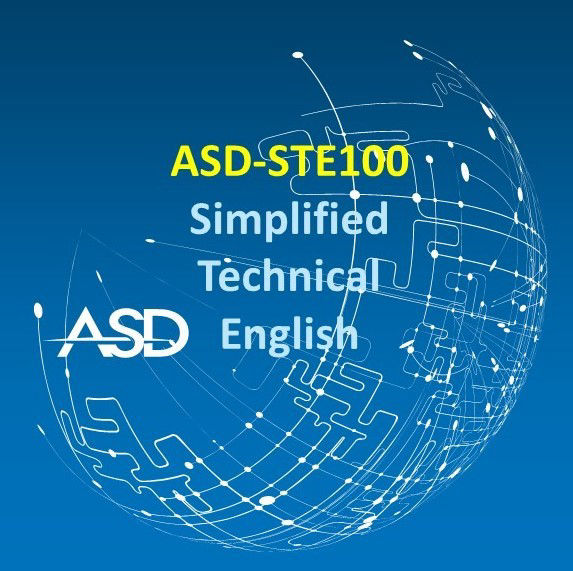
Purpose and objectives of STE
The international language of many industries is English, and English is the language most used for writing technical documentation. However, it is often not the native language of the readers (or even of the authors) of such documentation. Many readers have limited knowledge of English, and are easily confused by complex sentence structures and by the number of meanings and synonyms which English words can have.
The key factor for the creation of a controlled and simplified form of English was essentially a request from the customers (i.e. the Airlines), of which 80% are not native English speakers, and their need of doing correct maintenance to guarantee the aircraft availability.
Complex technical instructions can be misunderstood and misunderstandings can lead to accidents. STE makes technical texts easy to understand by all readers and can be regarded as an important and valuable resource for technical writing to simplify the correct understanding of the maintenance instructions by the operators, remove linguistic barriers and reduce Human Factor risks.

